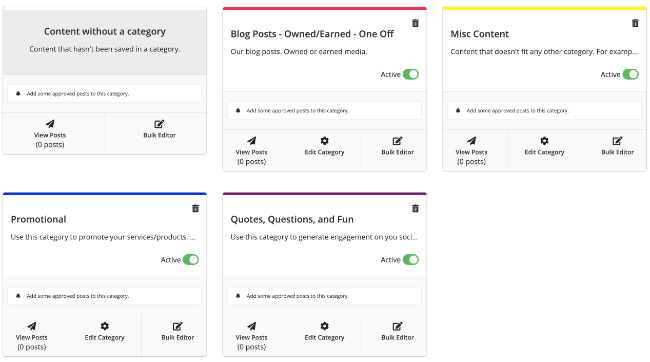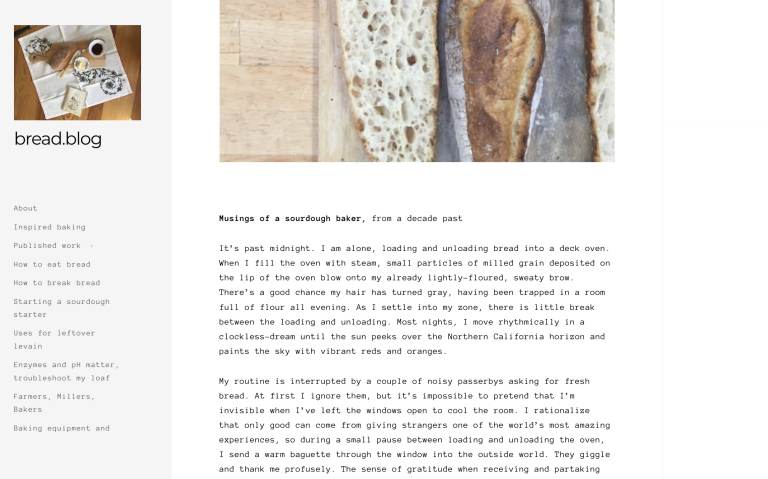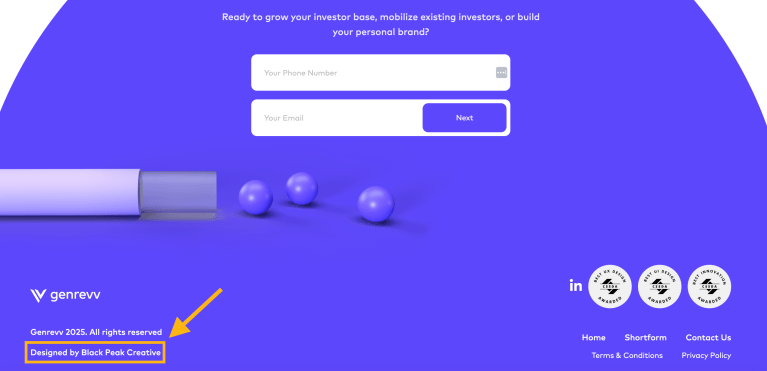“Unlocking Social Media Success: How Just 20% of Your Strategy Can Yield 80% of Your Results!”
You can use the last 30 days instead if it makes it easier for you to calculate, but this technique will be much more effective if you pull metrics from a larger pool of data.
2. Organize your content into groups
Organize all of the content you posted into groups, including:
- Platform – The social media platform each post was published to
- Topics – The topic each post covers. You can be as broad or as niche as you want with this step. If your niche is beauty, you can create broad topics like eyes, lips, hair, etc. or niche topics like eyeshadow, eyeliner, lipstick, lip gloss, etc.
- Series – The individual series each post belongs to. These are specific content series you’ve created. These could be a day in my life (ADIML), tutorials, reviews, a project you’re working on, a story you’re sharing in bits, etc.
- Content types – The content type each post belongs to, including image carousel post – Instagram, image carousel post – TikTok, long-form TikTok video (over three minutes), short-form TikTok video, Instagram reel, YouTube short, etc.
- Content formats – Educational, entertaining, problem solving and promotional. Add any others you feel are relevant
- Hosts – If you have multiple hosts who create content, create different groups for each host
- Guests – If you feature the same people in your content regularly and they’re not hosts, create separate groups for each
3. Determine your total engagements for each group
This step might be tricky if you used analytics from your social media accounts or a social media management tool to determine your total engagements.














